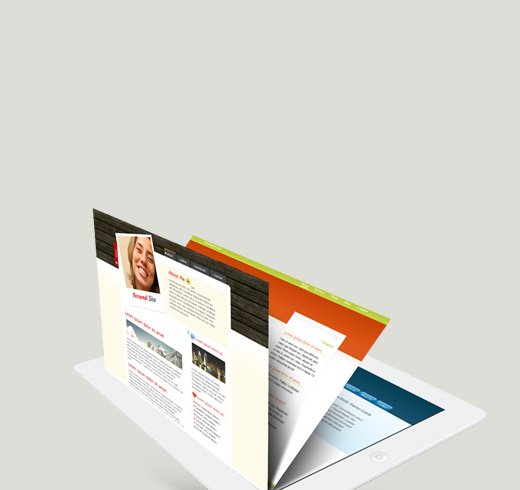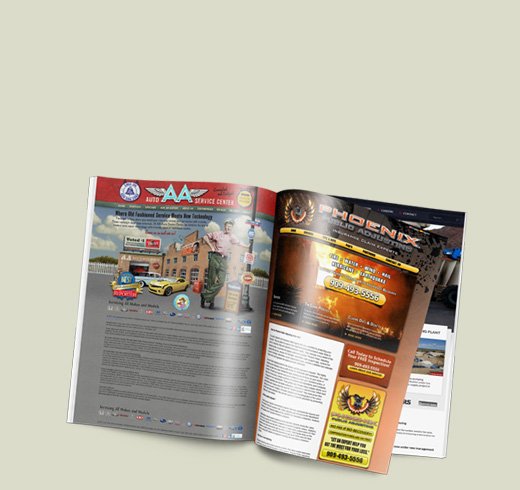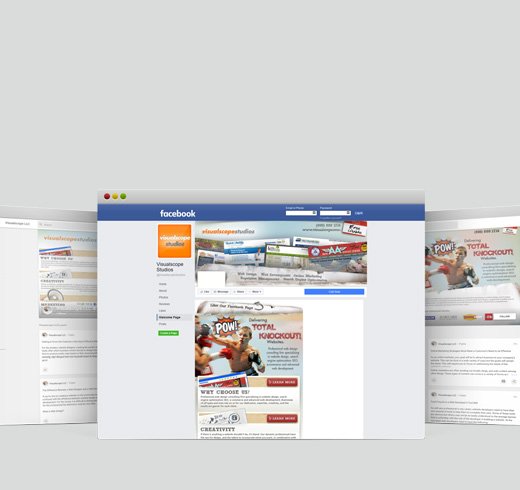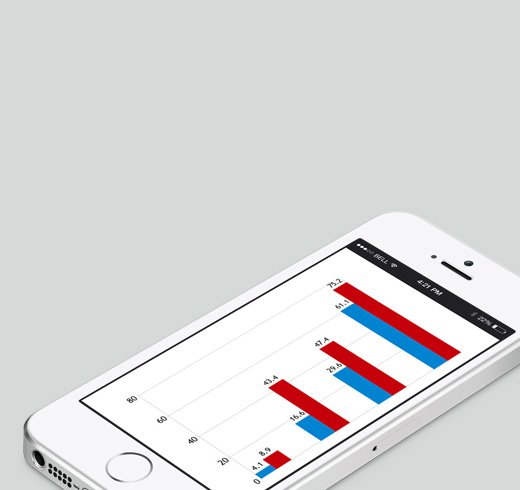
-
As we move further into the age of Information and Communications Technology, we certainly cannot expect for things to stand still long enough. Expect technology to be active, thriving, and fast-paced. Nothing is left alone; everything would have to be upgraded into newer and more innovative versions. So it is vital for those who long to remain at the wheel of ICT to be flexible and quick to adapt to changes and improvements.
Such is the reaction from web designers and developers that should have met the onset of XHTML+CSS. XHTML is the most recent version of HTML that conforms with XML, and as the latest innovation in web design, it is better suited for the present and paves the way for future developments. CSS or Cascading Style Sheets, on the other hand, is a stylesheet language designed to separate the content and presentation of the website. With the combined tools of XHTML and CSS, websites can now be made more compliant, dynamic, and easier to design.
The only thing standing in the way of XHTML+CSS and its move towards a better future of web design is the problem of converting several years’ amount of web pages designed in HTML. For any web designer, the task of converting your websites and every single page of them into XHTML sounds like a whole lot of work. However, without a justifiable excuse, it is definitely the better option to shift to XHTML+CSS for a variety of reasons. When you choose to leave your site as it is, first, make sure you are fully aware of the advantages that you choose to bypass.
XHTML+CSS documents are easier to maintain and edit, containing fewer tags and are less prone to problems. This way, you have better control over your website and you can easily pass on the control to another developer, if need be. Raise the probability of your website working in more browsers with the better code form that XHTML provides. It also cleans up the clutter of HTML and gets rid of numerous tables in your documents. The slimmer pages make for faster downloading and viewing, the benefits eventually passing on to the website users. XHTML+CSS also welcome upgrade options and future developments for your site. By converting to XHTML now, you will be preparing your site for more upgrades and improvements that are sure to come. Aside from these, since it is relatively new, you can easily be one of the first to embrace this new innovation.
There are, however, understandable constraints in converting your websites to XHTML+CSS format. Aside from the overwhelming effort necessary to convert old sites, some of the old web page editors that are being used also do not handle this new format, and the cost of upgrading may be considered a hindrance. However, Jennifer Kyrnin, in her article Converting Web Sites to XHTML+CSS, notes that buying modern web page editors doesn’t have to be expensive, and that there are actually some good editors that can be obtained for free.
With the numerous benefits of converting your websites to XHTML+CSS, there certainly are ways to work around the constraints. You may tidy up your website easily with HTML Tidy, an open source tool that can do all the dirty work of browsing through your pages. It can filter the valid XHTML in your site, and all you have to do is redesign it in CSS. In a matter of minutes, your XHTML+CSS site can be up and running.
For web designers and developers, as the forerunners of future web developments and as innovators in yourselves, being up-to-date should almost be second nature. And since your websites are your portfolio, they should all the more be dynamic and acquiescent to the future. With all the advantages of XHTML+CSS, the effort to convert your websites would definitely be worth it.
-

View our Case Studies
Explore the diversity of our work and how we made each one a success.
Let's get started -

RESOURCE CENTER
Resources to help you attract new and retain existing users.
Visit Our Resource Center -

















